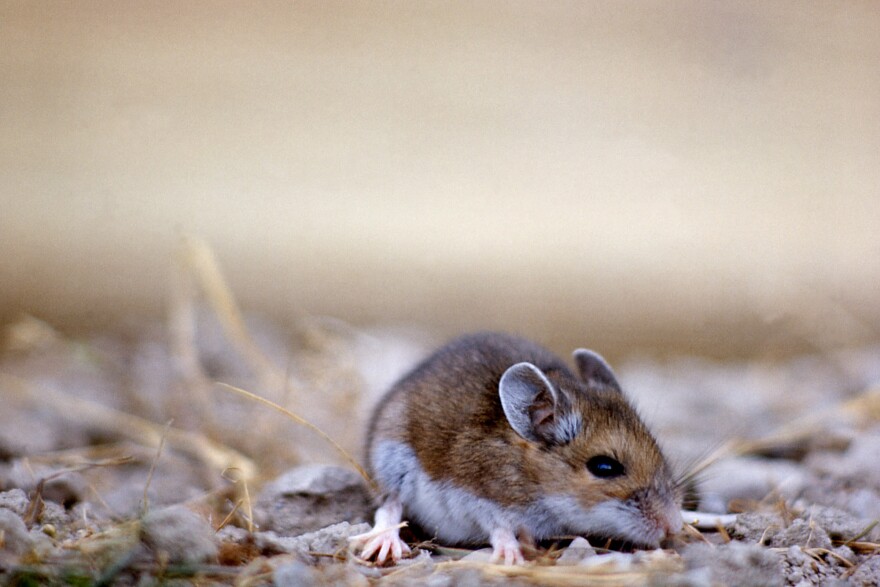How to Treat Hantavirus: Symptoms and Vital Steps?
Share
Hantavirus is a serious disease that can have severe consequences if not treated promptly. It is primarily transmitted to humans through exposure to the urine, droppings, or saliva of infected rodents. With an uptick in cases reported, understanding how to treat hantavirus can be crucial for your health. In this article, we will delve deep into the essential knowledge regarding symptoms, treatment options, and preventive measures.
Initial symptoms of hantavirus disease often resemble those of the flu, including fever, chills, and muscle aches. In later stages, you may experience difficulty breathing, a clear indication that immediate medical attention is necessary. Given the potential severity, knowing how to treat hantavirus can save lives.

What is Hantavirus?
Hantavirus is a viral infection resultant from exposure to infected rodents, particularly deer mice. The virus can lead to Hantavirus Pulmonary Syndrome (HPS), which is known for its rapid progression and high mortality rate. Each year, the CDC tracks cases to prevent outbreaks.

Symptoms of Hantavirus
The symptoms of hantavirus can be divided into early and late phases:
Early Symptoms
- Fever and chills
- Muscle aches
- Dizziness
- Headaches
- Nausea or vomiting
- Diarrhea
Late Symptoms
- Shortness of breath
- Rapid breathing
- Fluid accumulation in the lungs
- Severe coughing
- Shock or respiratory failure
If you suspect exposure to hantavirus, it is crucial to seek immediate medical assistance. Early intervention can significantly improve outcomes. Consulting resources from the Mayo Clinic can offer further guidance.

Treatment Options
Currently, there are no specific antiviral treatments for hantavirus infection. The recommended treatment focuses on supportive care, which may include:
1. Immediate Medical Attention
Recognizing symptoms early can lead to faster intervention. Hospitals might provide oxygen therapy and ventilators to help patients breathe, especially during the late stages of HPS.
2. Symptomatic Treatment
Doctors may administer medication to relieve fever and pain, and fluids may be given to prevent dehydration.
3. Monitoring and Supportive Care
Continuous monitoring in a healthcare setting is essential for managing complications such as shock and respiratory distress.

Prevention of Hantavirus
Prevention is key to combating the hantavirus. Simple actions can go a long way:
1. Avoid Contact with Rodents
Ensure that your living areas are free from rodent infestations by sealing cracks and removing food sources.
2. Safe Cleaning Practices
Follow correct procedures for cleaning areas contaminated with rodent droppings. Use gloves, a mask, and disinfectants. For comprehensive tips on safe practices, visit Hantavirus Prevention.
3. Environmental Precautions
Keep your environment rodent-free by maintaining cleanliness in yards and fields. Employ traps as necessary.
Dealing with Rodent Infestations
If you notice signs of rodents in your home, it's critical to act swiftly. Consider the following:
1. Identification
Recognize the signs of rodent presence, such as droppings and gnaw marks.
2. Professional Assistance
In severe situations, seek professional pest control services to eliminate the problem effectively. For a detailed understanding, check this rodent difference article.
FAQs About Hantavirus
What should I do if I suspect I have hantavirus?
If you experience symptoms after possible exposure, seek medical help immediately.
How is hantavirus transmitted?
Hantavirus is primarily transmitted through contact with infected rodent urine, droppings, or saliva.
Can hantavirus be treated with medication?
There is currently no specific antiviral medication for hantavirus; treatment is mainly supportive.
As an Amazon Associate, I earn from qualifying purchases.
